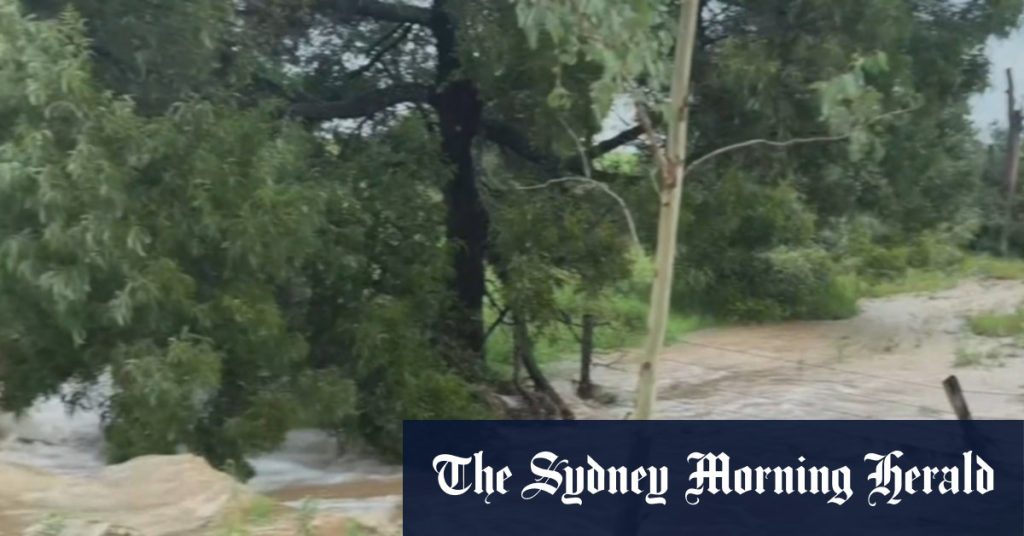The state of Queensland, Australia, is facing the grim prospect of renewed flooding as weather forecasts predict another deluge of heavy rainfall over the weekend. Residents are being urged to prepare for potential inundation, particularly in areas already saturated by previous downpours. This renewed threat comes as many communities are still grappling with the aftermath of earlier floods, highlighting the vulnerability of the region to extreme weather events. The potential for flash flooding and riverine flooding is raising concerns, prompting authorities to issue warnings and activate emergency response protocols.
The incoming weather system is expected to bring widespread heavy rainfall across various parts of Queensland, intensifying existing flood risks. Catchments already saturated from previous rainfall are particularly susceptible to rapid rises in river levels and flash flooding. Coastal regions are also bracing for potential storm surges and coastal erosion exacerbated by the heavy rain and strong winds associated with the weather system. Meteorologists are closely monitoring the system’s trajectory and intensity, providing regular updates to emergency services and the public. The severity of the impending rainfall raises concerns about the cumulative impact of repeated flooding events on infrastructure, agriculture, and communities across the affected areas.
Emergency services are on high alert, preparing for potential rescue and evacuation operations. Residents in flood-prone areas are being advised to monitor weather warnings, secure their properties, and prepare emergency kits. The state government is coordinating with local councils and community organizations to ensure resources are strategically deployed to support affected communities. Sandbagging stations have been established in several areas, allowing residents to protect their homes and businesses from rising floodwaters. The potential for widespread disruption to transport networks is also being addressed with plans for road closures and alternative routes being put in place.
The repeated flooding events in Queensland underscore the increasing challenges posed by extreme weather patterns. Climate change is believed to be a contributing factor to the higher frequency and intensity of such events, placing increased strain on disaster preparedness and response mechanisms. The recurrent flooding is not only causing immediate damage but also taking a toll on the mental well-being of residents who face repeated evacuations and the arduous task of rebuilding their lives and livelihoods. The economic impact is also significant, affecting agriculture, tourism, and other industries reliant on stable weather conditions.
The unfolding flood situation necessitates a multi-pronged approach encompassing immediate response, long-term mitigation strategies, and community resilience building. While emergency services focus on immediate life-saving measures, the government is also exploring long-term flood mitigation infrastructure projects to enhance the resilience of vulnerable communities. These measures could include improved drainage systems, flood levees, and early warning systems. Equally crucial is empowering communities with the knowledge and resources to prepare for and respond to flooding events. This includes public awareness campaigns on flood safety, community-based emergency planning, and initiatives to support mental health and well-being in the face of recurring disasters.
The unfolding situation in Queensland highlights the vulnerability of communities to increasingly frequent and intense extreme weather events. As the state braces for another round of flooding, the focus is on immediate response and community safety. However, the recurrent nature of these events necessitates a broader conversation about long-term mitigation strategies, infrastructure investments, and community resilience building. Addressing the root causes of increasing flood risks, including climate change, is crucial to protecting communities and ensuring a sustainable future. The current situation serves as a stark reminder of the need for proactive measures to minimize the impact of future extreme weather events.

